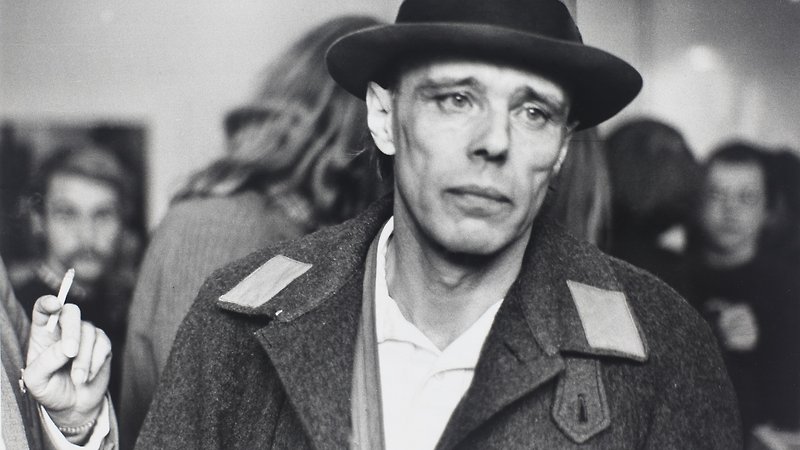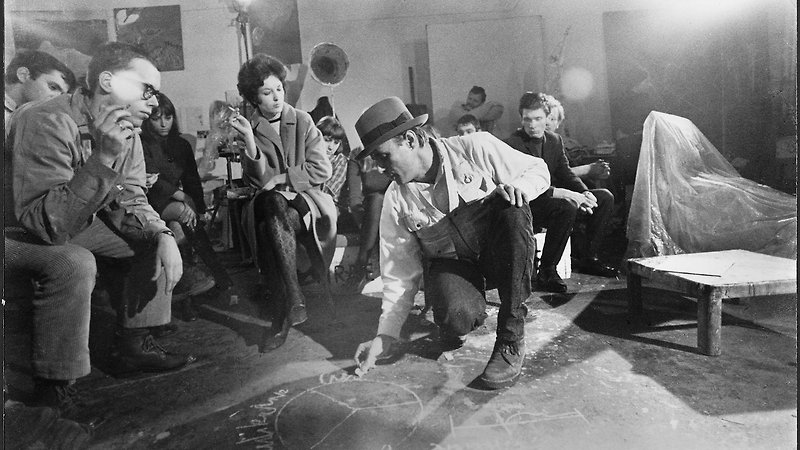This archive-packed documentary provides a tantalising introduction to the life and work of Joseph Beuys, the revolutionary German artist of the 70s and 80s, celebrated for his artworks, performances and politics.



Do you want a revolution without laughter? I don’t!
Screened as part of NZIFF 2017
Beuys: Art As a Weapon 2017
“Most Germans, regardless of their level of education or their interest in art have heard of Joseph Beuys [1921–1986]. Born in Kleve, he walked the earth like a shaman, dressed in a hat and a khaki fishing vest, offered healing thoughts, aktionen (happenings) and confusing installation pieces suggesting ways to heal a wounded post-war Germany.
His personal legend includes being a member of Hitler youth, a gunner with the Luftwaffe and getting shot down over the Caucasus. His pilot died but he survived and, according to his story (which is gently questioned in the film), the Tartars rolled him in fat and wool until he could be brought to a hospital. Consequently, fat and wool figure prominently in his work.
Beuys shows you the man, his interactions with the press, his inner family life and the dilemmas he faced in his career: from youthful depression to starting a counter-cultural revolution.”— Rene J. Meyer-Grimberg, Berlin Film Journal
“Three years in the making, Beuys takes some, at least, of its stylistic cues from its restlessly creative subject, eschewing a conventional, chronological biopic approach for a more impressionistic collage that makes only sparing use of talking heads interviews (the most illuminating of which are with Beuys’s fiercely intelligent friend and curator Caroline Tisdall). More than 90% of the film consists of archive footage, still photos and audio recordings, some of them charting Beuys’s own performances, like his celebrated 1965 work ‘How to Explain Pictures to a Dead Hare’.”— Lee Marshall, Screen International